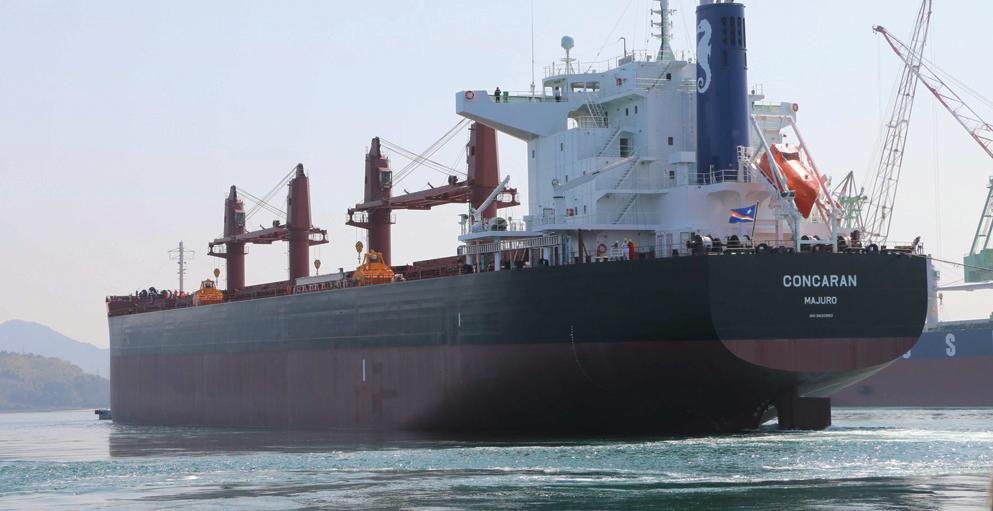


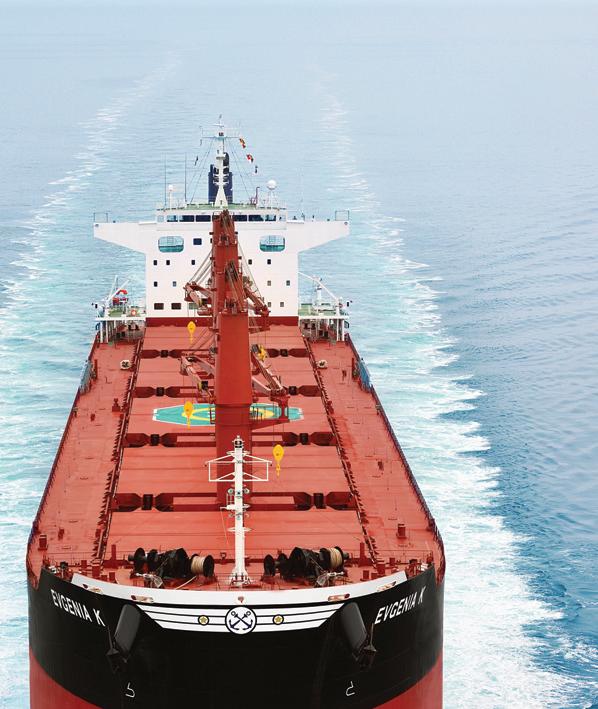
Sealink Navigation was founded in 2011 by a team of shipping professionals with a long history in the industry, most notably in the Asia-Pacific and Europe. The company has headquarters in Singapore and Greece, where it operates a fleet of modern Japanese-built vessels equipped with the latest eco-technology. Hannah Barnett spoke to Nicholas Kosmatos, President & Co-Founder, to learn more.
Since 2011, Sealink Navigation has been transporting dry bulk cargo and working with renowned charterers worldwide. The company’s business plan, both then and now, focuses on quality Japanese tonnage.
“I was born in Japan,” said President & Co-Founder Nicholas Kosmatos. “Though I have no actual Japanese blood, I have a long history with the country, the culture and the people. So, when we started the
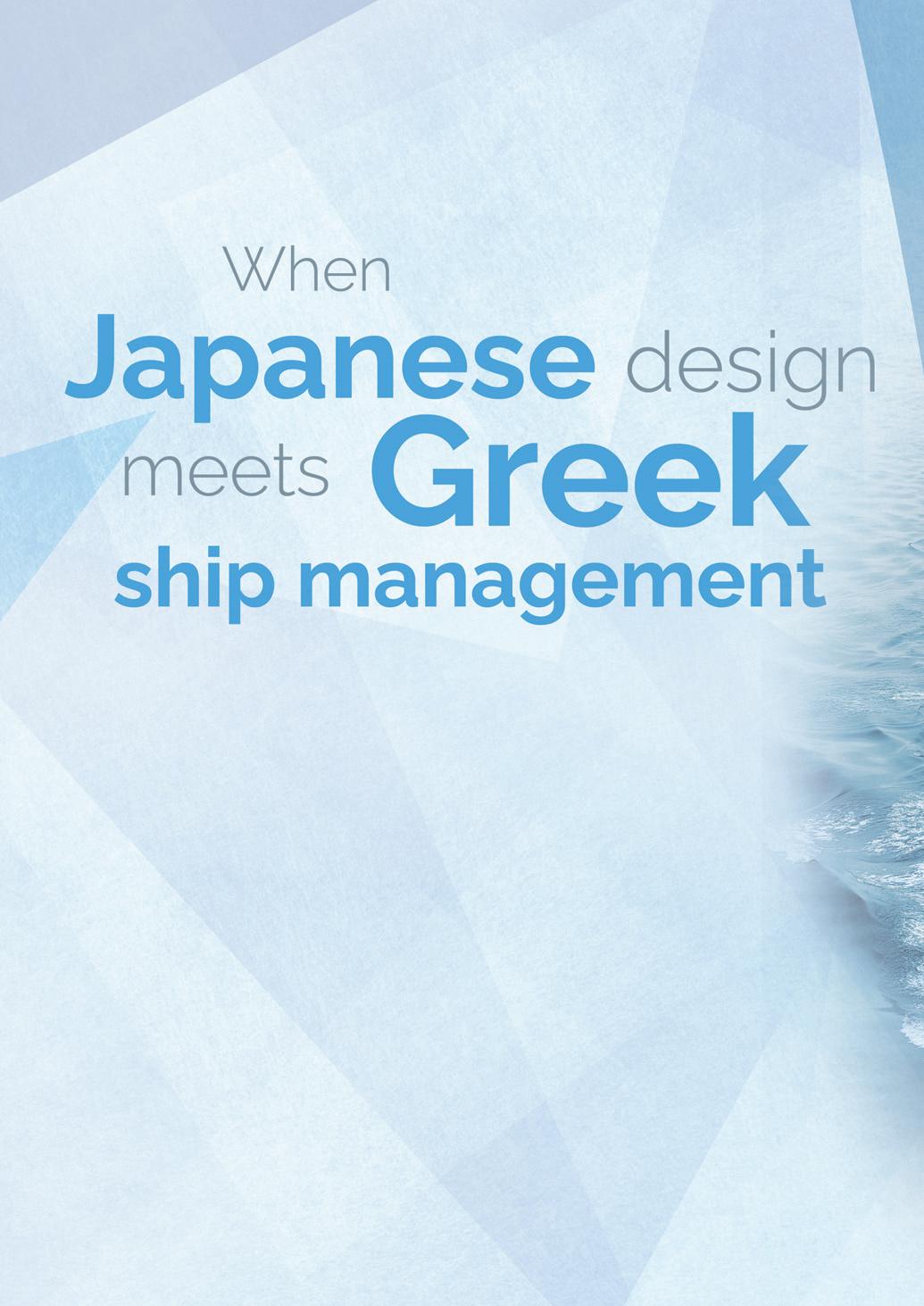
company, it was natural to want to do a lot of Japanese business.”
Sealink Navigation began operations with the purchase of a 28,500DWT ship built by Imabari Shipbuilding, Japan’s l argest shipbuilder in terms of tonnage and revenue. True to the international flavour of the company’s operations, this initial
J apanese ship was bought with a loan from a German bank and fixed to a Norwegian chartering company in Singapore.
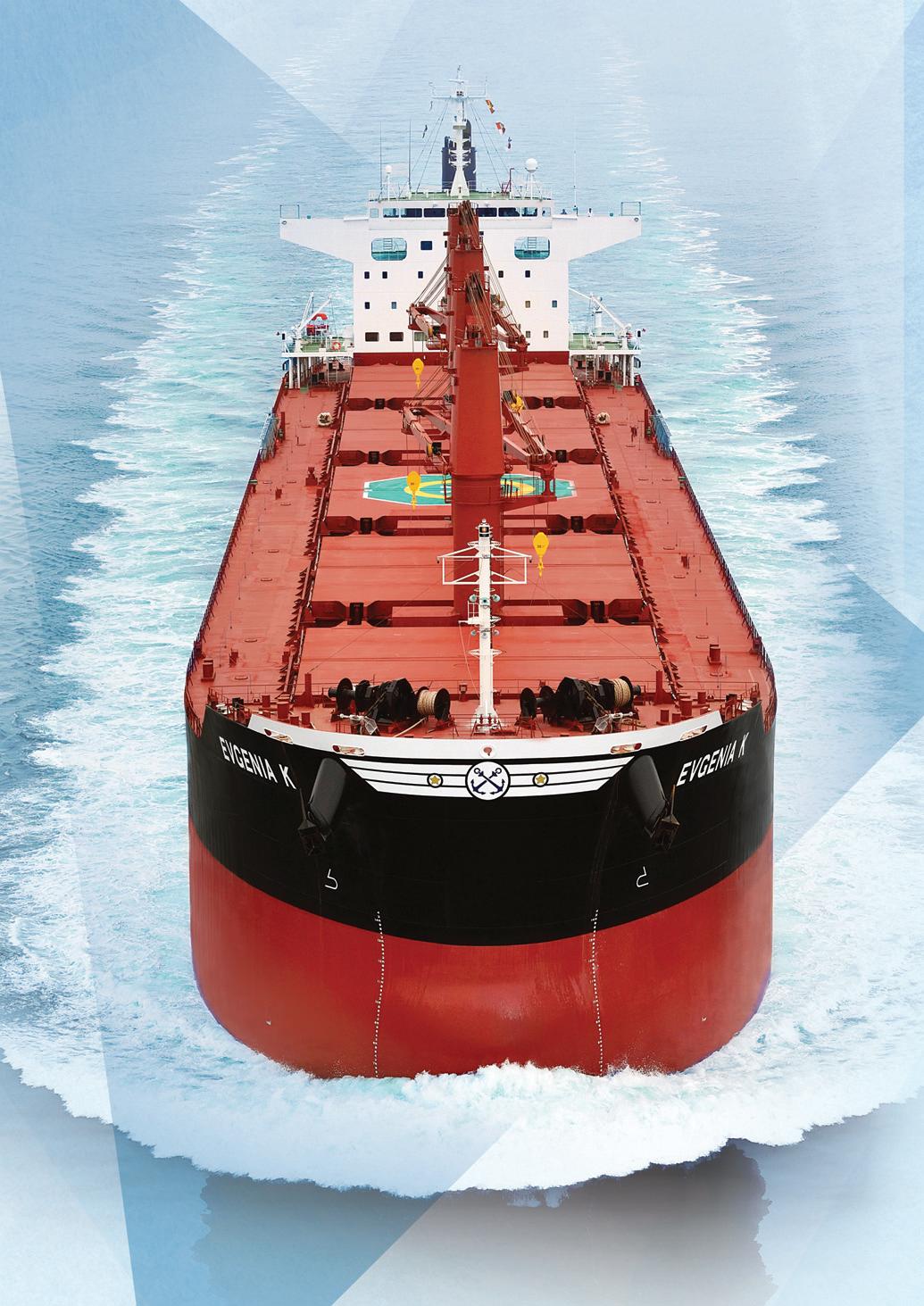

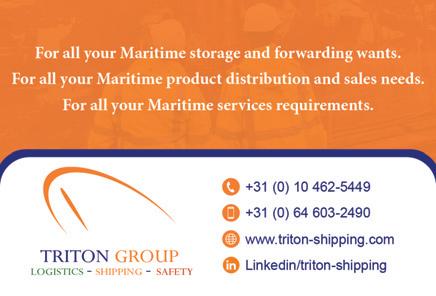
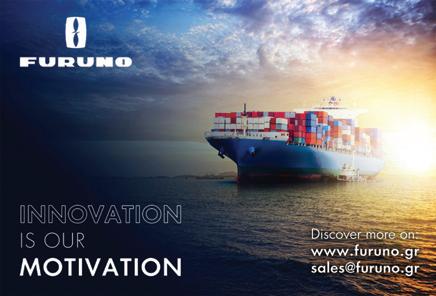

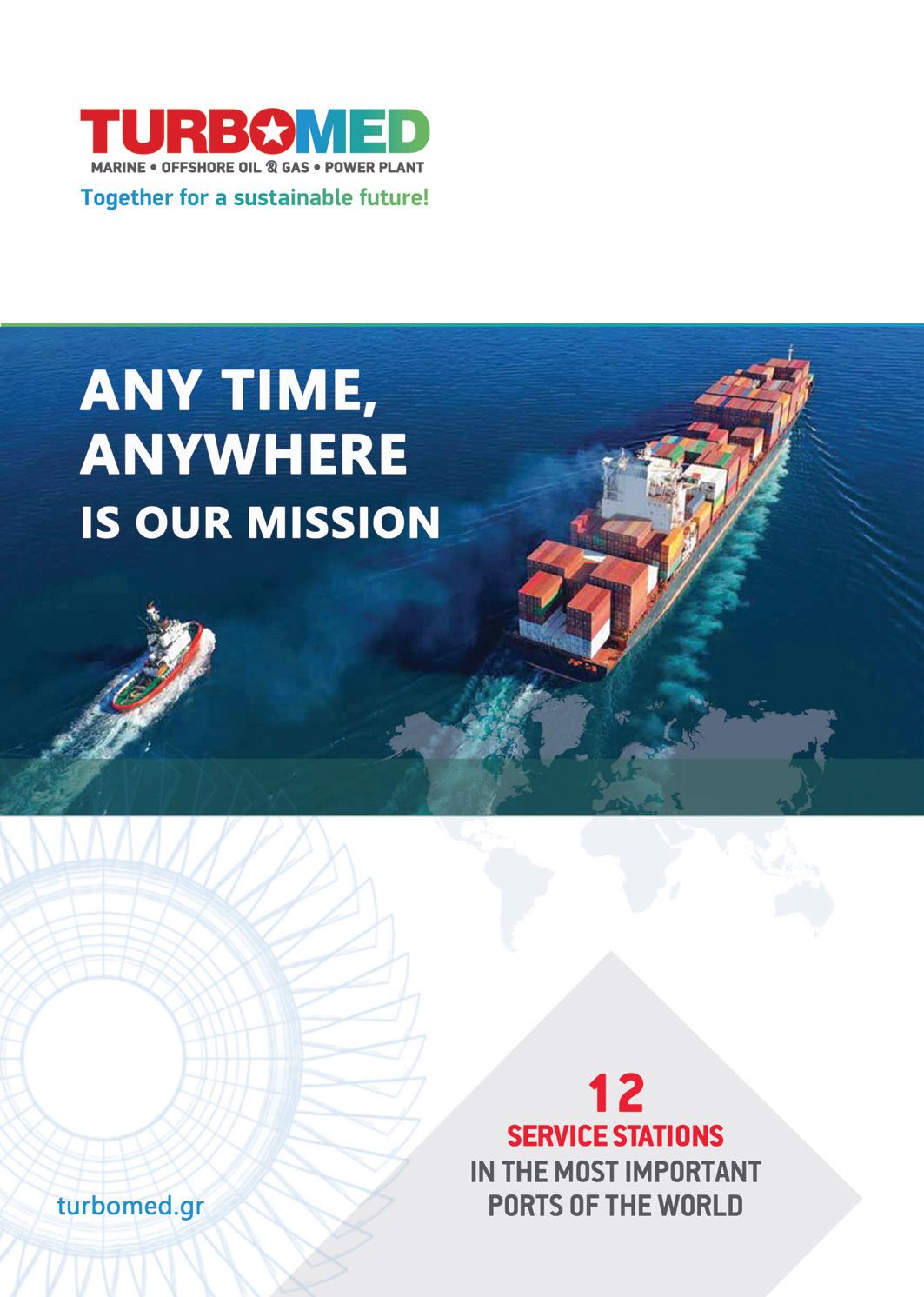
“A few years later we signed an order for two Namura handysize vessels, a traditional Japanese yard known for its quality products,” said Mr Kosmatos. “This was very important for Sealink Navigation because it was our first newbuilding contract. It was also a very proud milestone because it was Japanese-built and therefore very important for us in terms of quality and company reputation.”
An eco fleet
Between 2013 and 2021, Sealink Navigation was strategically focused on expanding its fleet. The company purchased eight ships in that time (six of them being new buildings from Imabari), as well as selling several more. That period officially ended with the delivery of an Imabari 63,600DWT eco-Ultramax in December 2023.
“That phase was a very serious ongoing project and a hugely capital intensive
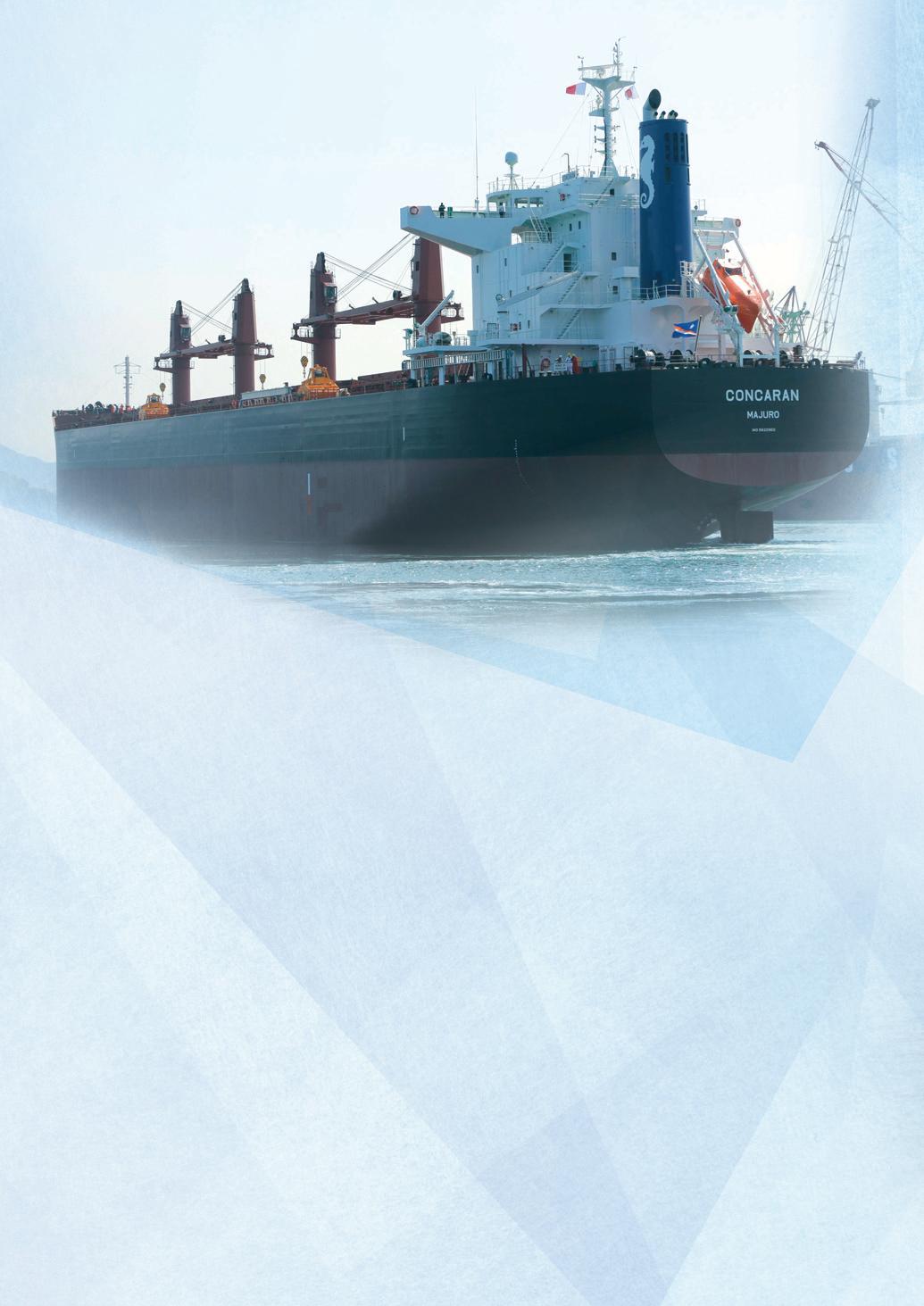
one which took away most of our time and money,” Mr Kosmatos explained. “It was effectively about building the company from scratch, while running a new business plan at the same time.
“Now, we are holding our firepower, as prices are quite firm. But there are always plans to expand and at some point, we will go back into the newbuilding process to update our fleet to the latest technology at that time.”
Indeed, investing in newbuild ships has so far allowed Sealink Navigation to keep up to date with innovative ecofriendly designs that correspond with the shifting and developing landscape of regulations.
“Eco-regulations are an ever-changing topic,” Mr Kosmatos added. “We try to adhere to all the regulations available. Luckily, when we buy a good Japanese ship from a yard known for its quality,
all these standards are a given. It means we don’t have to try and reinvent the wheel all the time.”
The human element
As a company with a clear focus on high standards, a strong relationship with partners and suppliers is inevitable. But what is the secret to ensuring a loyal partnership?
“It’s really easy, we just pay on time,” said Mr Kosmatos. “We are quite surprised that many people haven’t figured it out yet. In return, we expect a lot from our suppliers and are very firm on what we want in terms of service and quality.
“We have quality suppliers; we do not cut any corners in terms of quality.
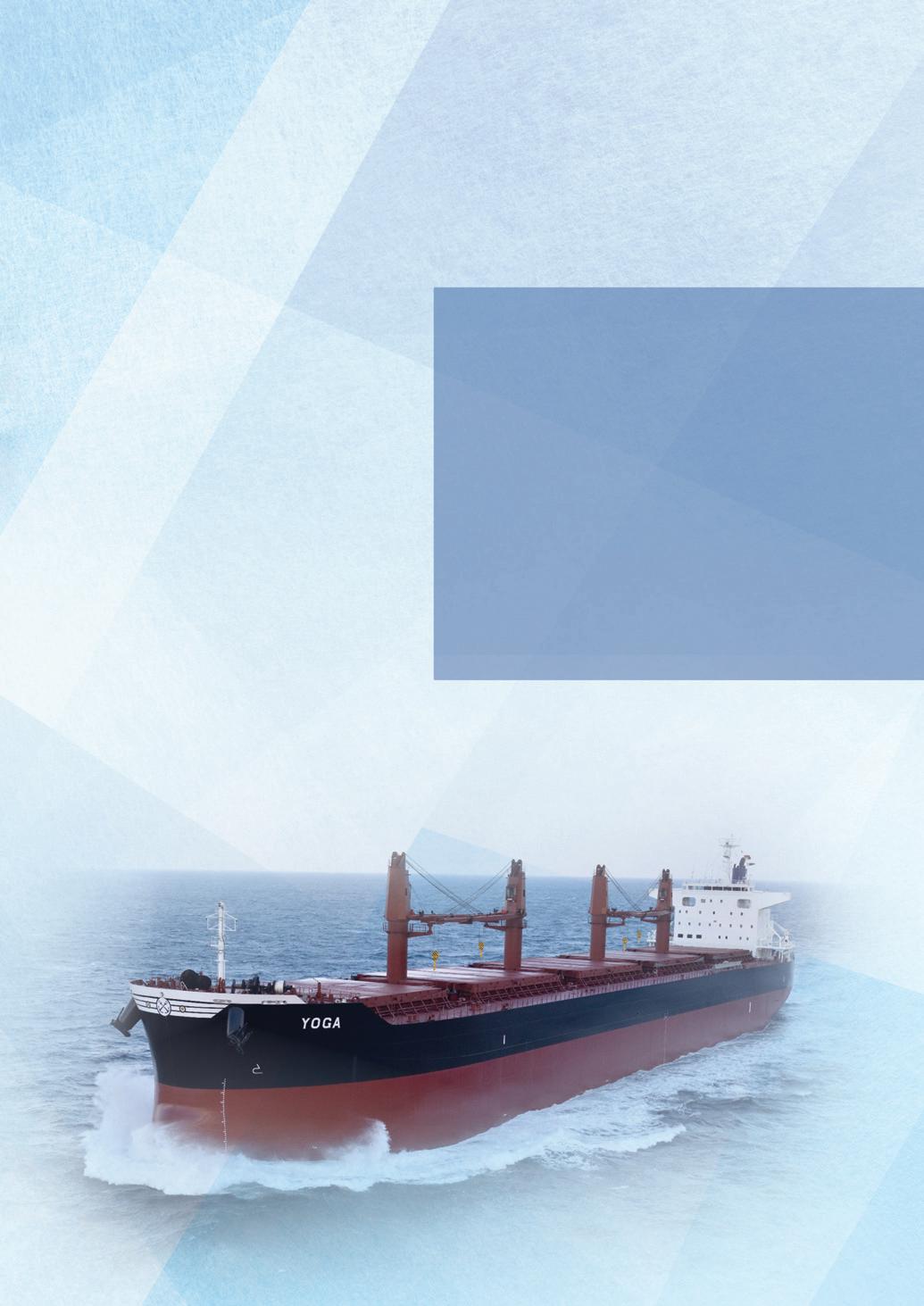
“I think the quality and tender loving care that Japanese shipyards offer fits with our company ethos very well”
As well as paying on time, we build long-term relationships by making sure that we meet all the obligations that we
have as a buyer. And for our spares, we use strictly original Japanese parts.”
Challenges, of course, remain across the shipping industry, including the struggle to keep up with ever-changing regulations. Another ongoing task is encouraging new seafarers into the industry and training them to the high standards expected from a company like Sealink Navigation.
“Human resources are going to be a big part of the future, especially with the growth of AI,” Mr Kosmatos reflected. “I think it’s going to be a much more difficult challenge than regulations thrown about by governments. Plus, the human element is much more important - how do we convince somebody in India or the Philippines to go to sea?”
Due to the importance placed on hiring the right people, the company has an ongoing close relationship with AngloEastern Ship Management in Hong Kong, which provides all its crews.
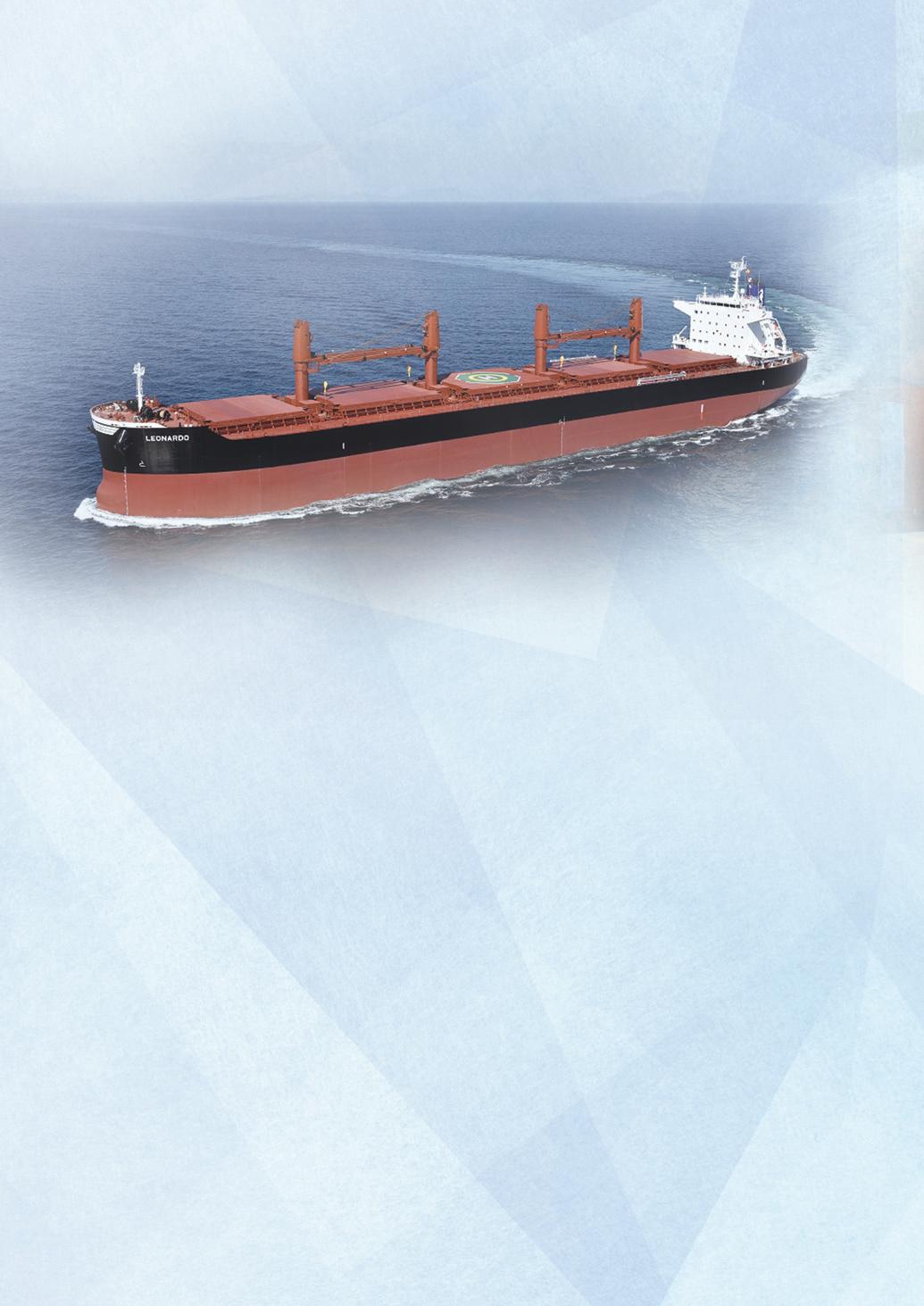
“We’ve been doing business with Anglo-Eastern since we started in 2011, when it was called Univan,” said Mr K osmatos. “And we are very satisfied with their performance. They are a key partner for us. We haven’t had any problems with recruitment all these years, because we slowly built up a very strong roster of people and we like to think that we are very professional in how we meet our obligations towards our staff.”
The company has training facilities in India and Manila and conducts regular meetings and visits to make sure that the best education possible is provided for the up-and-coming seafarers.
“It’s Anglo-Eastern’s job to source our crew, but it’s our job to make sure that the people who come to us are the best people available and then to provide them with the best facilities possible to use,” said Mr Kosmatos. “Our operations department likes to maintain personal relationships with captains, engineers
and chief officers: all the key personnel on ships. We make sure that we have the personal touch. I also make a point of meeting as many of the crew as I can, because they’re the most important people in our business.”
Big in Japan
In a corporate industry, one of Sealink Navigation’s main goals is to show the benefits of the personal touch, including the flexibility that a smaller company can offer clients.
“I think there’s a lot of value to be had as a small company,” said Mr Kosmatos. “We find that our clients like that as well, because they can talk directly to owners and the people who matter, rather than deal with faceless corporations.”
Indeed, this person-centred approach correlates closely with the company’s

focus on Japanese design and the associated culture. It is part of what makes working at Sealink Navigation so special.
“I’m biased because I’m very pro-Japan, but I think the quality and tender loving care that Japanese shipyards offer fits with our company ethos very well,” Mr Kosmatos concluded. “These are ships that the shipyards are proud to build. It’s similar to the traditional Greek family shipping company; taking pride in the job and working with efficiency and skill, while remaining flexible. I think this is a complementary ethos.
“Tradition is very important for us. It is reflected in the quality of all the products we use; whether they are financial, or whether they are assets, like ships. Tradition is what makes the shipping industry beautiful. We don’t believe in disruption for disruption’s sake.” n

